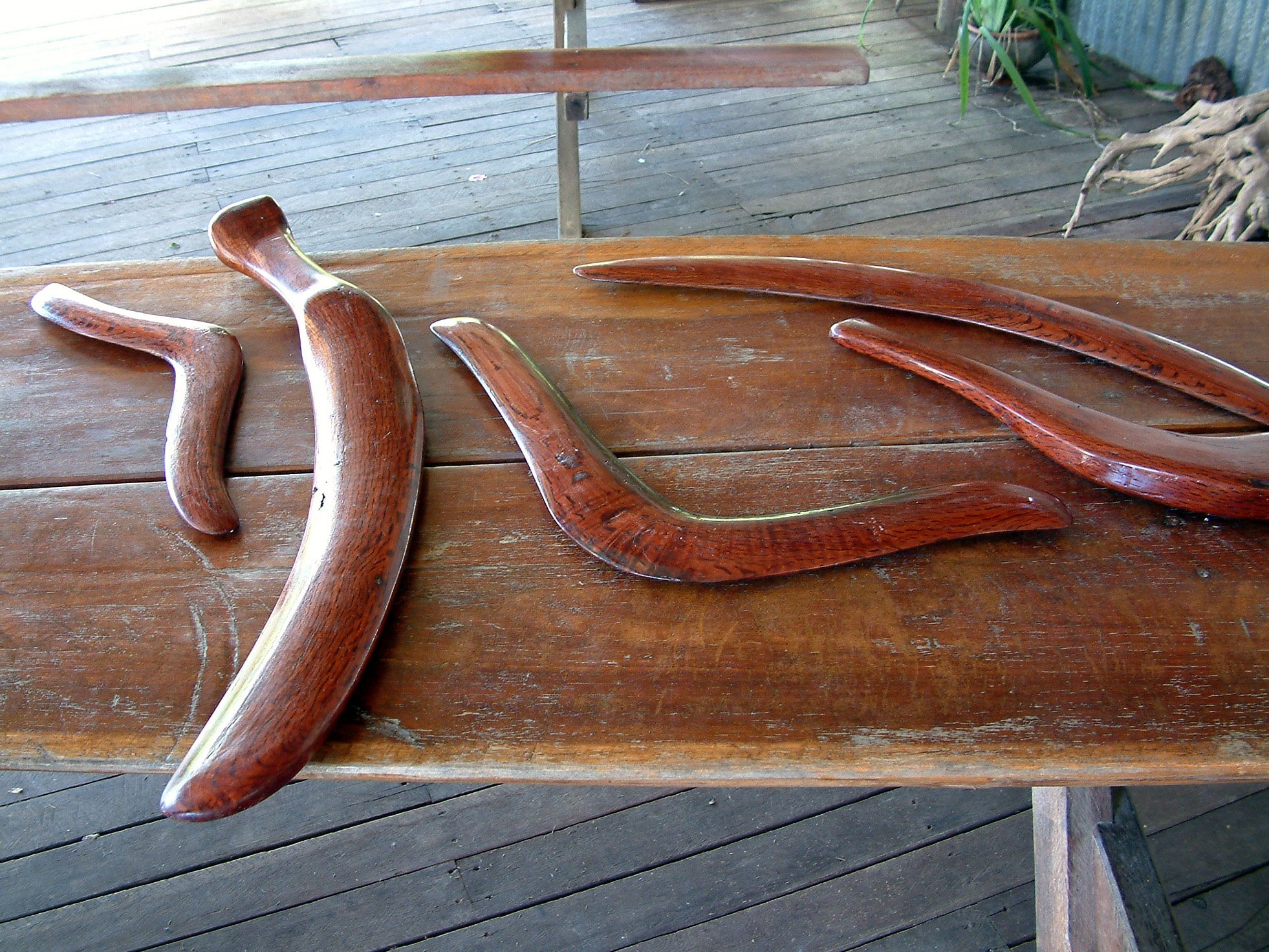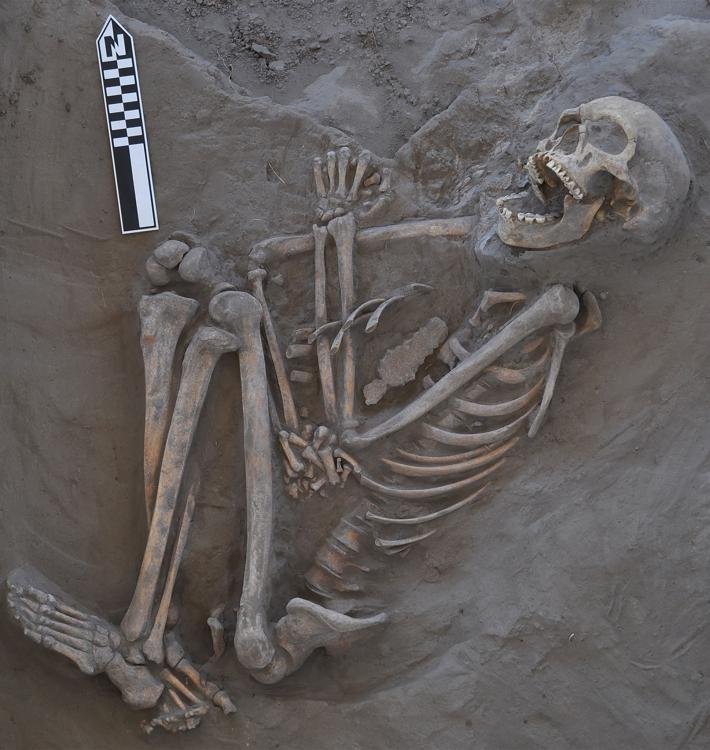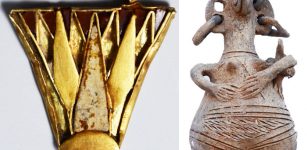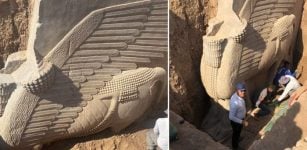800-Year-Old Boomerang Attack Victim Discovered
MessagetoEagle.com – Scientists have unearthed the remains of a man who died about 800 years ago. Archaeologists say there is evidence suggesting he was killed by a brutal boomerang strike to the head.
As we have previously seen in an article published by MessageToEagle.com – The Boomerang Was Used 20,000 Years Ago By Stone Age People, the history of the boomerang goes far back in time. Knowledge of the boomerang spread across the world and ancient Egyptians were familiar with the boomerang about 4,000 years ago.
World’s oldest boomerang is believed to be about 20,000 years-old was found was found in a cave in what is now Poland. It was made from the ivory of a mammoth tusk.

The oldest wooden boomerangs do seem to be those from Australia, and are dated at around 10,000 years old.
The skeleton of an Aboriginal man who was between 20-30 years at the time of his death was discovered in in 2014 in Toorale National Park in eastern Australia.
Named Kaakutja which means “older brother” in the Baakantji language, researchers first thought the man died from a sword strike by a member of the British Native Police, a task force responsible for the deaths of many Aboriginals in the 1800s.
See also:
The Boomerang Was Used 20,000 Years Ago By Stone Age People
Ancient Persians Were Familiar With Chemical Warfare 2,000 Years Ago
Oldest Evidence Of Warfare – Prehistoric Massacre In Kenya Discovered
However, a team led by Michael Westaway, an anthropologist with Australia’s Griffith University has investigated the skeleton in more detail and latest analysis conducted this year reveal the man died in the 1200s, about 600 years before Europeans arrived.

“I don’t know if it was a continent-wide phenomenon, but we do see evidence in this part of [Australia] that … supports intertribal conflict,” team member Michael Westaway from Griffith University said.
The deceased had several wounds and broken ribs, but it was one particular head wound that caught researchers interest because it looked so much like a wound typically caused by a metal weapon.
To better understand what may have caused the head wound, the researchers studied paintings that had been done on cave rocks in the vicinity, which had been dated to around the same time as the skeleton—they noted that the paintings depicted people wielding Lil-lis, a type of knife-like wooden weapon, and boomerangs.
During Kaakutja’s time, boomerangs were a commonly used for a number of tasks, such as digging, and hunting. Archaeological findings like this one also shows ancient boomerangs were used for combat too.
MessageToEagle.com










